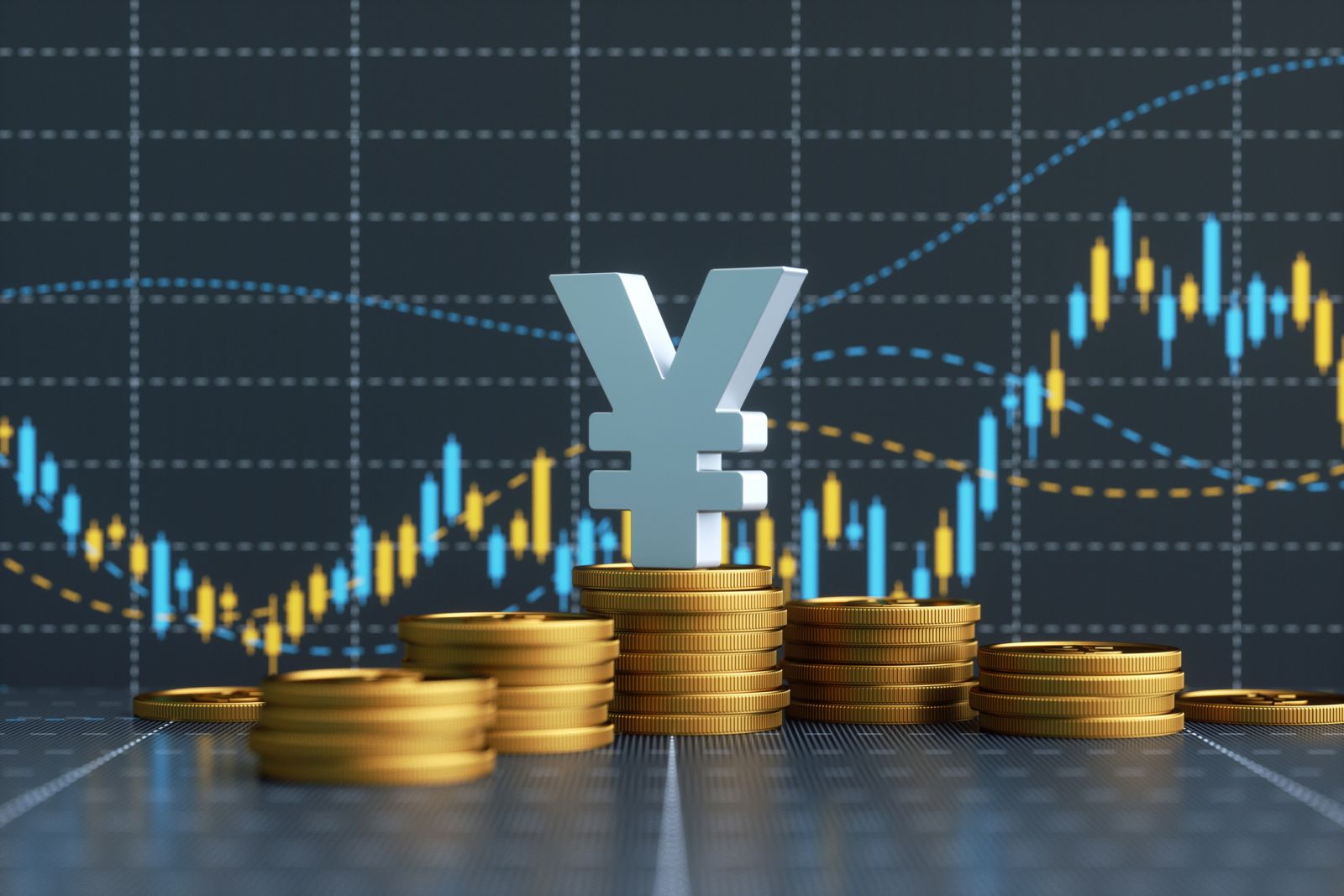
About 10 days ago, I asked the question, “Did the Japanese yen cause the tech selloff?”
Since then, while there were also other factors at play, the answer is definitely “yes.” Let me explain how this works again…
The Yen Carry Trade
For the last three years, the Japanese yen was the easiest trade to make because it only went in one direction - down, versus the U.S. dollar. That was due to the fact that interest rates were kept below zero for years by the Bank of Japan (BOJ).
That led to many hedge funds and managed futures accounts piling into the short yen trade. In fact, it was close to the largest-ever short on the Japanese yen, and reached the highest level in two decades. The massive shorting activity pushed the yen all the way down to the 160 level (a 38-year low) versus the dollar.
Here’s the key point: the hedge funds would then use the proceeds of those short sales to fund leveraged bets on the long side - a large portion of which went into U.S. technology stocks, making it the most crowded global trade.
But that “one-way street” changed all of a sudden in late July. That was when traders realized the Bank of Japan was serious about combating domestic inflation, and would raise interest rates again. This is in contrast to the Fed, which will soon begin lowering rates.
The Bank of Japan raised rates twice this year, to 0.25%, and is expected to push rates to 0.5% by year-end. The end result is that the Japanese yen rose from about 160 versus the dollar to about 145, up 8% in just the past week.
The Yen Carry Trade's Unwinding Effects
For hedge fund managers, when one part of the trade turns sour, the pressure builds to bail out of the other side, as well. And if one big hedge fund closes out of their short yen/long tech trade, it can quickly snowball and become an avalanche, as everyone heads for the exits at the same time.
The result? In the past three weeks, stock markets around the world have shed $6.4 trillion in market capitalization. Yesterday, 95% of S&P 500 Index ($SPX) stocks finished lower.
Here’s how Bloomberg summed it up: “In early July — just as tech stocks were hitting a peak — the Japanese yen began appreciating sharply, as investors positioned for the Bank of Japan to join other central banks in pulling back its flood of monetary stimulus. That drove traders to unwind so-called carry trades… This in turn exerted selling pressure on markets worldwide as borrowed money was returned.”
Bloomberg’s John Authers put it all into perspective in his unique way: “Note that neither Vladimir Putin’s army, nor Hamas and the Israeli Defense Forces, could provoke quite the same terror in U.S. stocks as an old-fashioned carry-trade unwind.”
What Comes Next, and How to Trade It
The impact of the shift in yen has hit global carry trades far more than most market participants had anticipated. The meltdown in global equity markets in recent days is more reflective of a wind-down of yen carry trades used by investors to leverage their bets than a shift in the U.S. economic outlook.
I find myself in total agreement with Pierre-Yves Gauthier, head of research at the research firm, AlphaValue. He told Bloomberg: “Everything is in the unwinding of the yen carry trade, the timing of the Fed cuts and U.S. employment are not important in comparison. We’re categorical on that one, the rise of Japan interest rates are changing the game rules.”
The recent carnage in markets around the world is just the latest example that one-way bets in financial markets become sources of real pain - eventually.
So, what comes next?
There is still a large amount of capital deployed on the basis of the Japanese yen staying weak “forever.” So, the danger is still there. Especially if you consider that some models (such as TD Bank) say that the yen is undervalued by 50% or so!
Global macro imbalances that built up as the Bank of Japan stayed with ultra-loose monetary policy now threaten to unwind as the Fed, the European Central Bank, and the Bank of England all begin to move rates in the opposite direction to Japan.
I suspect this trend - the strengthening Japanese yen - will continue. Despite pressure from Wall Street, I doubt the BOJ will throw Japanese consumers under the bus with regard to inflation.
A good way to play a strengthening yen remains the Invesco CurrencyShares Japanese Yen Trust (FXY). Despite the recent gain in the yen, the fund is still down 3% year-to-date and also over the past year. So, it is still trading at a good entry point.
Buy FXY at $66 or lower.








